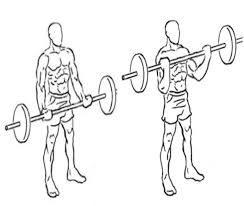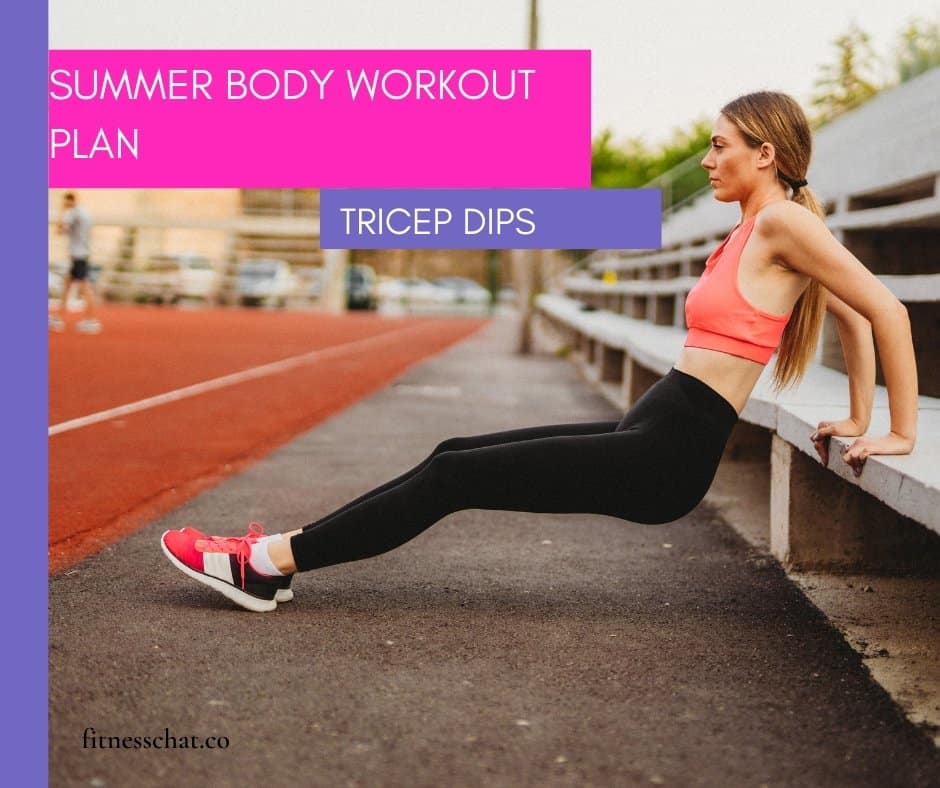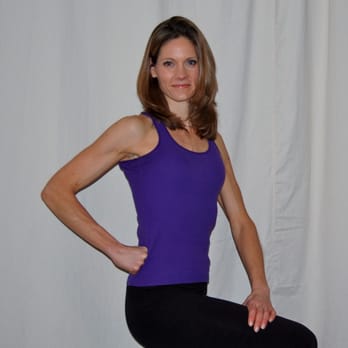
Nike shoes are made with a variety of features. These features include the Flywire and Air cushioning units. These features will make a significant difference to your performance during intense exercise sessions. Hopefully, this article has helped you choose the best pair of sneakers to suit your needs.
Flywire
Nike Flywire, a light and flexible material made with finely spun liquid polymer fibers, is made from lightweight liquid crystal polymer fibers. It was originally designed to help reduce the weight of shoes. Unlike carbon fiber, which tends to feel stiff and rigid, Flywire is able to stretch to conform to your foot's natural movement. It provides outstanding support and comfort.
Nike uses this lightweight material in many of their performance models. It was invented by Tommaso, a NASA mechanical engineer. Rivellini was also the inventor of airbags that were used on NASA's Mars Excursion and other rovers. This fabric is strong and lightweight, making it an ideal material for performance shoes.

Flywire is lightweight, strong Vectran fiber that is strategically placed on sneakers' uppers. It improves the fit and support of the shoes without adding bulk. It has been used since on Nike footwear and performance apparel. It is easy to create a lightweight, comfy shoe that fits perfectly.
The Flywire material was originally used for running shoes, but Nike quickly realized its high tenacity fibers would translate to other sports as well. Flywire material can now be found on basketball shoes, football cleats, as well as soccer cleats.
Air cushioning unit
Nike's workout shoes have an air cushioning unit which reduces the impact on your joints. The design idea came from an aerospace engineer who worked at NASA. Nike took his idea to the company and incorporated it in the Nike Tailwind running sneaker in 1978.
These shoes' uppers are made of Engineered Mesh, a breathable and flexible material that provides a very comfortable fit. The Zoom Air unit, which is fully-lengthed and works with Nike React technology in order to deliver a smooth ride, delivers a smooth, bouncy ride.

Nike React and Lunarlon have soft foam cores that are supported by a foam carrier. This cushioning is extremely lightweight while still providing significant energy returns. Nike React is durable, so it can be used for long periods without feeling any discomfort. It is softer than traditional Phylon Foam, which makes it great for long-term use.
Each step is enhanced by the Nike Air cushioning unit. This trapped air transforms into energy which can be used to propel your body forward, perform high-intensity exercises, and so on. Nike also integrates the Flywire system, which is a network of thin cables that enhances lateral hold.
FAQ
What is exercise good for?
Exercise is a great way to lose weight, increase your energy, lower stress levels, strengthen your muscles, and improve your sleep quality. You will experience improved moods and self-esteem as well as increased productivity and a lower risk of developing heart disease.
Are there any exercises that I shouldn't do or should I?
Before you start any new exercise routine, it is important to consult your doctor. Some people have injuries or medical conditions that prevent them from doing certain types of exercise. Also, some activities require special equipment or training. Swimming, for instance, requires both a swimsuit as well as access to the pool.
How does caffeine affect my sleeping?
Caffeine effects how fast it takes to fall asleep and how much sleep you get. Caffeine can cause drowsiness that makes falling asleep much easier. However, caffeine can keep you awake longer and make it more difficult to fall asleep. Drinking coffee or energy drinks before bedtime is a bad idea.
Which Is more important? Exercise, diet, sleep?
Your goals will dictate the answer. Weight loss is possible by following a healthy diet. Exercise is important for building muscle mass. Sleep is not as important as it seems, since it has no effect on how you perform throughout the day.
Can I eat during my exercise?
Yes. You can eat what you like while you work out. You should choose low-calorie snacks, such as watermelon (carrots, celery), apples, bananas and grapes. These foods provide nutrients that improve your performance during exercise.
Do I need to warm up before exercising?
Warming up before an activity reduces muscle soreness and improves performance. There are many methods you can use to warm up, including running, jumping rope and stretching. You can start slowly and increase your intensity gradually.
Statistics
- In 2018, the World Health Assembly agreed on a global target to reduce physical inactivity by 15% by 2030 and align with the Sustainable Development Goals. (who.int)
- Globally, 81% of adolescents aged 11-17 years were insufficiently physically active in 2016. (who.int)
- Globally, 28% of adults aged 18 and over were not active enough in 2016 (men 23% and women 32%). (who.int)
- One study showed that adults who watch more than 4 hours of television daily had an 80% higher risk of death from cardiovascular disease. (heart.org)
External Links
How To
How To Burn Belly Fats Faster
Belly Fat is often considered a problem for those who want to lose weight. If you look at it, belly fat is actually a positive thing. It is the fat in your stomach that protects your organs. So let's see how to burn belly fat fast.
Lack of exercise and stress are the main reasons we store body fat. Because stress stimulates the release of cortisol hormone, it makes us hungry all the time. Cortisol can increase insulin levels in the blood. The excess calories are stored as fat by insulin. Insufficient sleep can lead to an increase in appetite and adrenaline release. These extra calories are broken down through exercise.
There are many ways you can reduce belly fat. You can choose to try any of these options, depending on your budget. These are some ways to quickly lose belly fat.
-
Eat less food. Instead of eating three large meals a day, eat smaller meals. You'll eat fewer calories this way.
-
Drink lots of water. Water flushes out toxins from your body and keeps you hydrated. Also, drinking water before every meal will keep you feeling full longer so you won't overeat.
-
Avoid snack foods that are unhealthy. If you're looking for quick fixes, snack foods like chips, cookies, candies, etc. These tempting snacks might look appealing. These sugary treats have lots of empty calories so avoid them. Instead, opt for healthy alternatives such as fruits, vegetables and whole grains.
-
At least three times per semaine, do strength training. Strength training helps build muscle mass, which means that you can burn more calories even when you are resting. It strengthens bones muscles ligaments, tendons and the heart.
-
Regularly walk or stretch. Stretching helps to improve flexibility and mobility, which reduces back pain. Walking can help you burn calories.
-
Reduce alcohol intake. Avoid alcohol.
-
You can lose weight slowly. Your current weight is the first step to losing weight. Add 5%-10% of your total bodyweight to calculate your ideal size. Once you have determined your ideal weight, you can start to reduce your calorie intake by 500-1000 calories per day until you reach it.
-
Avoid processed foods. These foods are high-in salt, sugar, as well as preservatives. Even though they can be very convenient, these foods lack sufficient nutrients to support your health.
-
Don't skip breakfast! Eating breakfast improves concentration, memory, and energy level. Breakfast should contain protein (like eggs), fibre (like oats), as well as complex carbohydrates (like oatmeal).
-
Have regular bowel movements. Constipation and irregularity can cause gas and bloating. To prevent this, drink plenty of water and increase fiber intake.